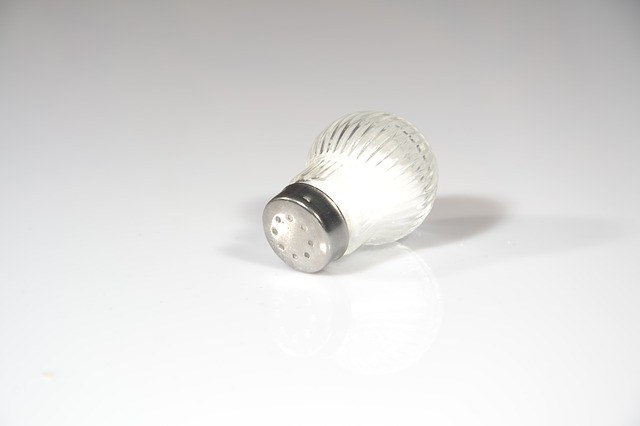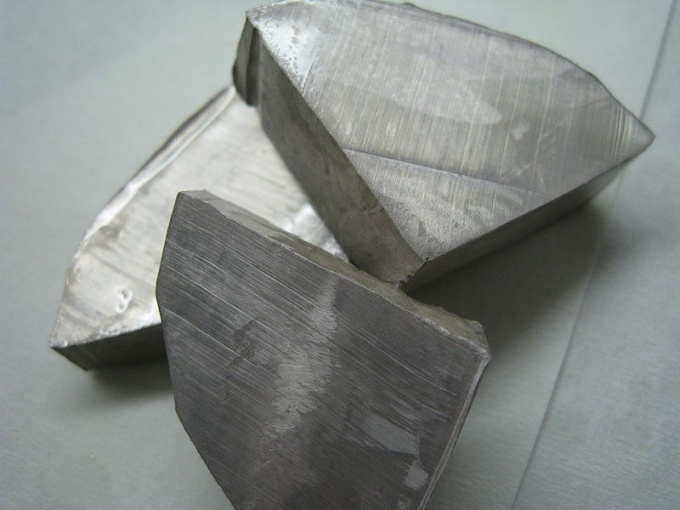How does a molecule of table salt look like?
How does a molecule of table salt look like?
Sodium chloride, sodium chloride, sodium salt of hydrochloric acid - all these are different names for the same chemical substance - NaCl, which is the main component of table salt.

Instructions
1
Sodium chloride in its pure form is acolorless crystals, but in the presence of impurities can take a yellow, pink, violet, blue or gray hue. In nature, NaCl is found in the form of a halite mineral, from which household table salt is made. A huge amount of sodium chloride is also dissolved in sea water.
2
Galite is a transparent, colorless mineral with a glass luster, which has a face-centered cubic lattice (fcc lattice). It contains 60.66% of chlorine and 39.34% of sodium.
3
The melting point of NaCl is 800.8 ° C, the boiling point -1465 ° C. It is moderately soluble in water, with solubility slightly dependent on heating, but significantly reduced in the presence of other metal chlorides, sodium hydroxide, hydrogen chloride. The salt dissolves in liquid ammonia and enters into exchange reactions with other substances. Pure NaCl is not hygroscopic, but in the presence of impurities (Ca (2+), Mg (2+), SO4 (2-)) is airborne.
4
In the NaCl molecule, the ionic bond between Na and Cl,since sodium and chlorine are atoms with a large electronegativity difference (> 1.7). The general electron pair in this case completely passes to an atom with a greater electronegativity - chlorine. As a result, a positive sodium ion Na +, a negative chlorine ion Cl-, forms between them an electrostatic attraction - an ionic bond. It can be regarded as the limiting case of a covalent polar bond.
5
During the formation of the ionic bond, the atomspass into a more stable state. Electronic ion configurations are complete. But the ionic bond differs from covalent, because electrostatic forces diverge from the ion in all directions. This is due to the non-directivity, as well as the unsaturation of the ionic bond.
6
Each cation Na + in the crystal latticeThe salt is surrounded by six Cl- anions, and each chloride ion is surrounded, respectively, by six sodium ions. Thus, all the atoms are arranged alternately in the vertices and centers of the faces of a simple cubic lattice.







